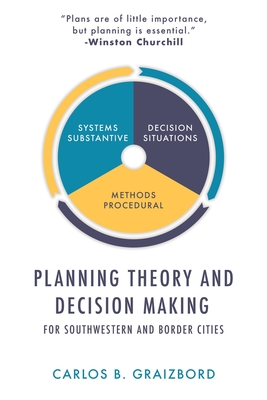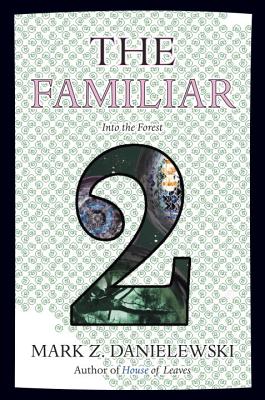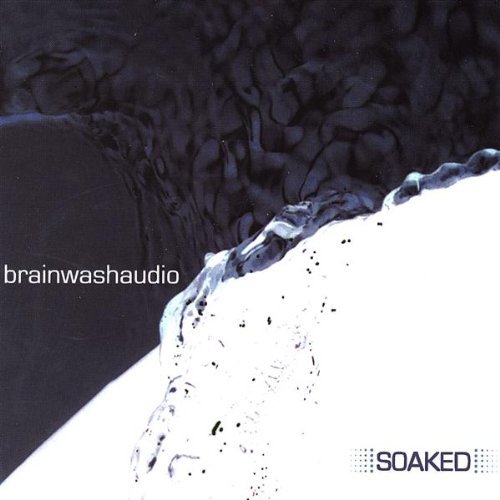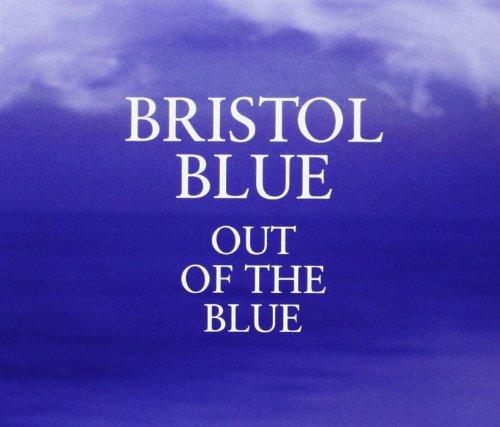
Graizbord, Carlos B.
This textbook presents as positive procedural planning theory, it deals with the various methods available to help planners in decision making with urban problems. The texts gives a definition of physical planning and how urban land use planning should integrate with urban design so the final configuration of the city be envisioned. In real life, in various decision making situations there are obstacles for succesful planning efforts and their implementation. Those obstacles, originated mainly from our political and work culture are presented in this book, as well as ways to overcome them.
Most texts are about sustantive and procedural normative planning theory. Few texts discuss these issues in the US and also underdeveloped countries as this textbook.
The text defines the main goals and objectives of physical planning and describes them as systems. The text presents the necessary profile of the skills that students and professionals have to command to address the problems found in physical planning. It also covers interdisciplinary linkages necessary in the planning practice. The textbook presents the reader with several planning and design methods with their advantages and disadvantages in terms of their applicability in a decision or political situation in real life.







